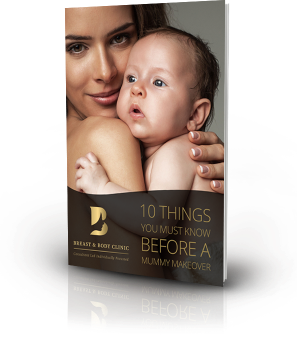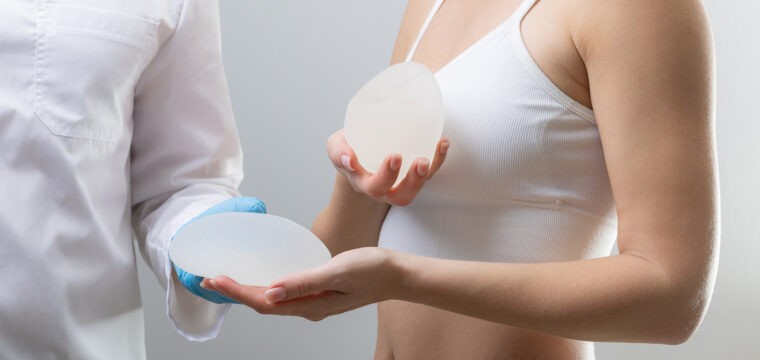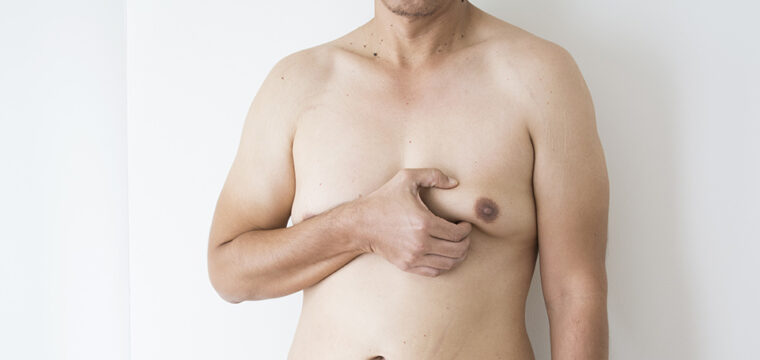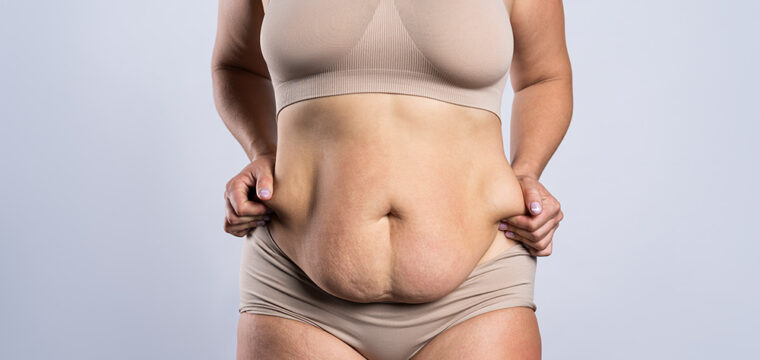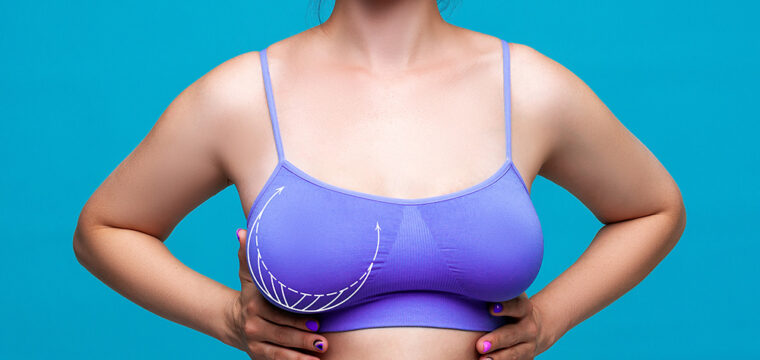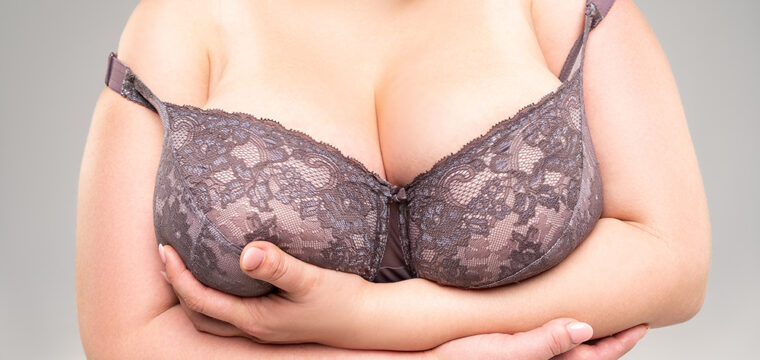- 8 August 2025
- Mr A. Siddiqui
Last updated on August 12, 2025
Table of Contents
ToggleBreast shape can vary greatly from person to person, but when breasts develop with a narrow base, enlarged areolas, or a conical shape, it may be due to a condition known as tubular (or tuberous) breast deformity. This congenital condition affects how the breasts form during puberty and can lead to noticeable asymmetry, a drooping appearance, or underdevelopment.
At Breast & Body UK, we regularly consult patients who’ve spent years unsure about their breast shape—only to discover that the cause is anatomical, correctable, and more common than you might think.
In this guide, we explain what tubular breasts are, how they are classified, what causes them, the key signs to look out for, and how they can be surgically corrected for natural, symmetrical results.
What Are Tubular Breasts?
Tubular breasts are a developmental condition where the breast fails to expand normally during puberty. Instead of forming a full, rounded shape, the breast base remains narrow or constricted, and the tissue may push outward through the areola. This can result in a tube-like shape, prominent areolas, and noticeable asymmetry—especially if only one breast is affected.
Tubular breasts can range from mild to severe and may affect just one breast or both.
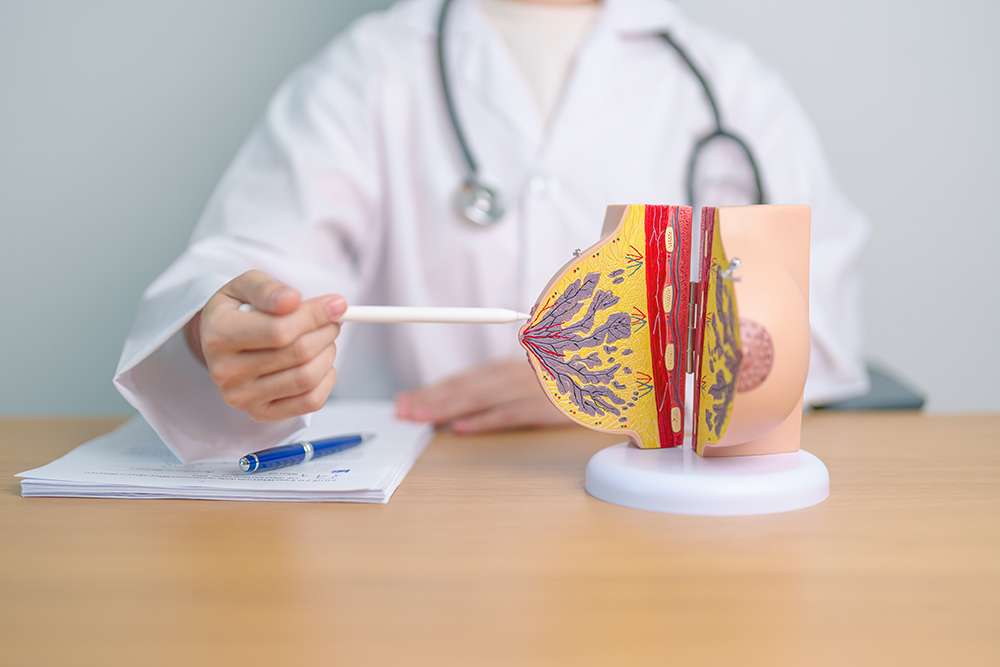
Signs of Tubular Breasts
Tubular breasts present differently from person to person. In some cases, the signs are subtle; in others, they are more pronounced. Recognising the following characteristics can help you understand whether further evaluation is appropriate:
- Narrow breast base (particularly at the lower pole)
- Puffy or enlarged areolas, sometimes protruding outward
- Long or tube-like breast shape, especially when standing
- Elevated breast fold (where the breast meets the chest wall)
- Wide spacing between breasts
- Asymmetry (often one breast is significantly different in size or shape)
If you notice one or more of these features—especially if they’ve been present since puberty—it may be worth speaking to a specialist for a proper assessment.
What Causes Tubular Breasts?
Tubular breasts are a congenital condition, meaning they occur due to structural differences in breast development during puberty. The most widely accepted explanation is the presence of a tight fibrous ring at the base of the breast that restricts normal outward expansion of tissue.
This restriction prevents the breast from growing fully, causing the tissue to push outward through the areola and leading to the classic tube-like shape. It’s not caused by anything you’ve done—it’s simply how the tissue formed.
Tubular Breast Classification
Tuberous breasts are commonly classified into three grades, based on the severity and distribution of the constriction:
Grade I (Mild)
- Narrow lower inner quadrant
- Slight droop or shape irregularity
- Puffy areola may or may not be present
Grade II (Moderate)
- Both lower quadrants are constricted
- Elevated inframammary fold
- Areola more pronounced, with moderate asymmetry
Grade III (Severe)
- All quadrants affected
- Significantly constricted base
- Herniated areola, marked asymmetry, drooping appearance
Tubular Breast Types
In addition to the classification grades, tubular breasts can vary in presentation:
- Unilateral (one-sided) or bilateral (both sides affected)
- Symmetrical or asymmetrical in volume and shape
- Areolar herniation (puffy or domed appearance of the nipple/areola area)
- Varying degrees of breast tissue deficiency
Every case is unique, which is why personalised assessment is essential.
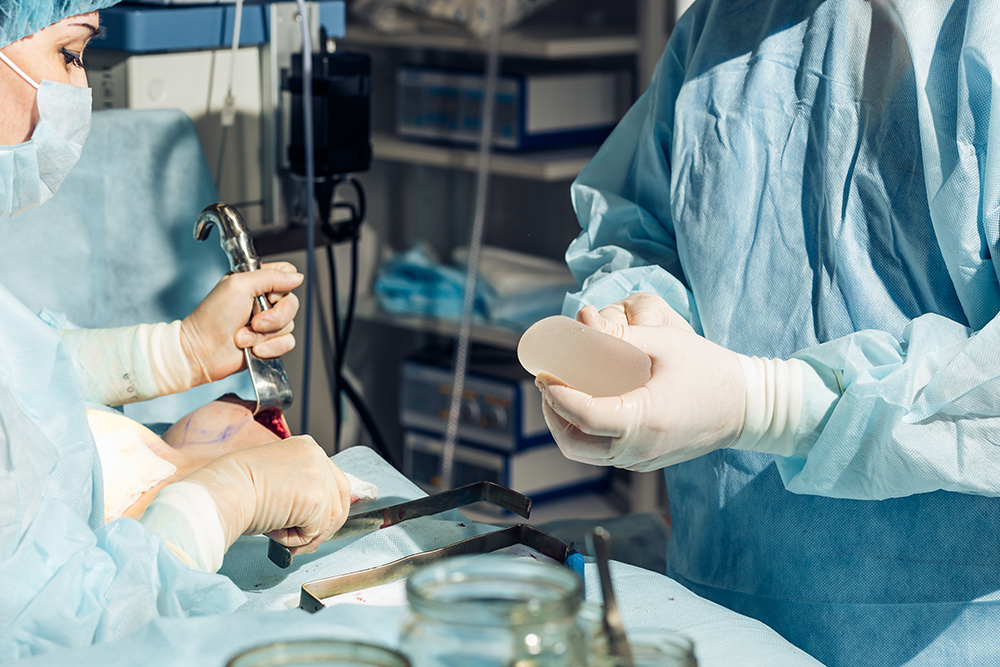
Treatment for Tubular Breasts
When it comes to how to fix tubular breasts, they cannot be corrected through non-surgical means like exercise, diet, or topical products, because the issue lies in how the breast tissue developed structurally during puberty. However, modern plastic surgery offers highly effective, permanent solutions that reshape the breast, correct asymmetry, and restore natural-looking proportions.
Common Techniques Used in Surgical Correction
1. Tissue Release (Lower Pole Expansion)
One of the defining issues in tubular breast deformity is the constriction at the breast base, which prevents normal outward growth of the lower breast.
During surgery, our cosmetic surgeon releases this tight, fibrous band from the inside of the breast to allow for full expansion and natural contouring. This foundational step is critical to creating a rounder, more balanced breast shape.
2. Breast Implants for Volume and Shape
After the base has been released, breast implants are often used to add volume and create a smooth, rounded lower pole. The implant helps to reshape the breast and restore fullness where tissue may be underdeveloped.
We work closely with you to select the appropriate implant size, shape, and profile to ensure the result complements your frame and meets your expectations.
3. Areola Reduction and Herniation Repair
Tuberous breasts often feature puffy, enlarged, or protruding areolas, caused by underlying tissue pushing forward.
We correct this by performing a periareolar (donut-shaped) incision to resize and reshape the areola. In more severe cases, additional internal support may be placed to prevent future bulging and ensure the areola lies flat and centred.
4. Breast Lift (Mastopexy)
In moderate to severe cases, where the nipple sits low or the breast droops, a breast lift may be necessary.
This procedure raises the position of the nipple–areola complex, removes excess skin, and tightens surrounding tissue. It can be combined with implants or performed independently to correct asymmetry and restore youthful projection.
5. Symmetry Correction (One or Both Breasts)
In unilateral cases, where only one breast is affected, we may reshape the unaffected breast to create a more harmonious appearance. This may involve a small implant, lift, or areolar adjustment to ensure both breasts match in size, shape, and position.
Consulting with a Leading Plastic Surgeon at Breast & Body Clinic UK
Choosing to undergo surgery can be a significant step. By understanding more about the procedures, you can make informed decisions about the best options for your unique needs.
If you’re considering a breast procedure, speak to our friendly team today and book a free consultation. At Breast & Body Clinic UK, we can help you determine the most suitable approach for your individual goals and expectations. Our experienced cosmetic surgeons will guide you through the process, ensuring you feel comfortable and confident every step of the way.
FAQs
How common are tuberous breasts?
Tuberous breasts are more common than most people realise, with estimates suggesting up to 5% of women have some form of this developmental condition. Many cases go undiagnosed due to lack of awareness.
Can you fix tuberous breasts without surgery?
No. Because this is a structural issue related to breast development, non-surgical treatments cannot correct it. Surgical intervention is the only effective solution.
Will I need implants to fix my breasts?
Most patients do require implants to add volume and roundness to the breast shape. The size and type of implant are carefully selected to suit your anatomy and desired results.
Will surgery correct the areola shape?
Yes. Enlarged or puffy areolas can be reduced and repositioned as part of the overall corrective procedure, resulting in a more natural breast appearance.
What is recovery like after surgery?
Most patients return to desk-based work within 1–2 weeks. Light physical activity can resume shortly after, with full results settling in over 3–6 months.
The information on the website is for general guidance only and cannot be used as a basis to make a surgical decision, an initial consultation with our doctor is required to help patients make an informed decision before proceeding with any surgical procedure. Any surgical or invasive procedure carries risks. Before proceeding, you should seek the opinion of an appropriately qualified health practitioner
About The Author
Mr A. Siddiqui
Mr Siddiqui is a Consultant Plastic and Cosmetic Surgeon, based at The Countess of Chester Hospital in the Department of Plastic and Reconstructive Surgery. He trained extensively in plastic surgery before becoming a Consultant in the NHS and developing a private practice in Manchester and other areas of the Northwest. He is considered to be one of the top 10 cosmetic surgeons in Manchester.
Categories
- Brachioplasty (3)
- Breast Augmentation (24)
- Breast Health (12)
- Breast Implants (18)
- Breast Lift (10)
- Breast Reduction (14)
- General (2)
- Gynecomastia (2)
- Labiaplasty (2)
- Liposuction (13)
- Mummy Makeover (9)
- Skin Cancer (1)
- Skin Care (1)
- Tirzepatide (1)
- Tummy Tuck (21)
Recent Posts
23 September 2025
16 September 2025
9 September 2025
Liposuction vs. CoolSculpting: How to Choose the Best Option for You

